Newsfeed

Sign up for our newsletter

6 Plays to Close the AI-Era Connectivity Gap
As AI inference, edge, and autonomous systems outpace legacy networks, this playbook shows how to combine fiber, RF, FSO, and satellite to tame digital asymmetry and build resilient AI connectivity.

Equinix on Architecting the AI-Ready Data Center
Inside Equinix and Solidigm’s playbook for turning data centers into adaptive, AI-ready platforms that balance sovereignty, performance, efficiency, and sustainability across hybrid multicloud.

OCP 2025: Arm’s Chiplet Play Aims To Democratize AI Compute
Arm’s OCP board seat and new FCSA spec push chiplet interoperability from idea to implementation—enabling mix-and-match silicon and smarter storage so teams can build AI without hyperscaler budgets.
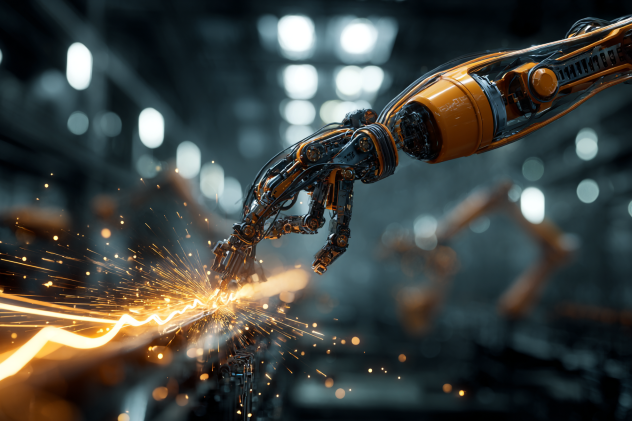
Physical AI in Production: Datara AI’s Data-Loop Edge Playbook
Physical AI is leaving the lab for the line. Datara AI’s edge-first data-loop playbook—real-time inference, disciplined updates, and human-centered rollout—turns pilots into reliable, scalable uptime.

Inside the New Rules of Responsible AI Governance
AI now informs credit, healthcare, and fraud decisions. This piece unpacks US and EU rules, core principles, and how Responsible AI governance can be a competitive edge, not just compliance.

Efficiency: The New Moat for Data and AI Teams
Cloud waste, FinOps, and sustainability goals are reshaping data engineering. Teams that design efficient stacks, track cost and energy, and treat constraints as features will ship more with less.

Resilience in the Age of AI: Inside Commvault’s ResOps Pitch
At Commvault SHIFT, “ResOps” and AI resilience were framed as the next operating model for enterprises facing AI-driven threats and cloud sprawl, raising the bar for what “clean” recovery should mean.

Inside the New Product DNA: AI, Causality, Experimentation
AI is turning product development into a living, experiment-led system, where causal inference, data and automation form a feedback loop that learns from releases to build smarter products faster.
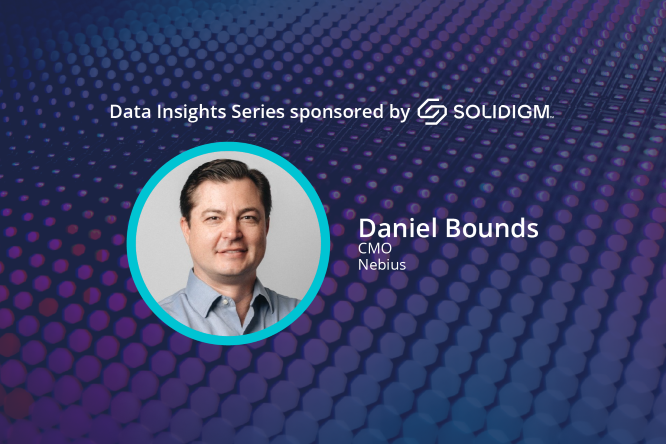
Nebius at SC25: Building the Neocloud for Enterprise AI
From SC25 in St. Louis, Nebius shares how its neocloud, Token Factory PaaS, and supercomputer-class infrastructure are reshaping AI workloads, enterprise adoption, and efficiency at hyperscale.

Inside SC25: AI Factories From Racks to Qubits
From WEKA’s memory grid and exabyte storage to 800G fabrics, liquid-cooled AI factories, edge clusters, and emerging quantum accelerators, SC25 proved HPC is now about end-to-end AI infrastructure.

15 Questions Every Cybersecurity Leader Should Ask on Day One
Stepping into a new cybersecurity leadership role, the smartest first move isn’t a new tool or policy, but questions. Use these 15 to map risk, culture, and influence before you start changing anything.

Inside Runpod’s GPU Cloud for Long-Running AI Agents
Runpod head of engineering Brennen Smith joins a Data Insights episode to unpack GPU-dense clouds, hidden storage bottlenecks, and a “universal orchestrator” for long-running AI agents at scale.

Achieving HPC Performance with Xeon 6 Processors
Xeon 6 marries P-cores, E-cores, and scalable memory to feed data-hungry HPC workloads, eliminating bandwidth bottlenecks so spectral sims and other memory-bound codes can finally scale.

Inside KubeCon 2025: How AI Is Rewriting Kubernetes Operations
At KubeCon + CloudNativeCon in Atlanta, Devtron, Komodor, and Dynatrace showed how AI is reshaping Kubernetes ops—from self-healing fleets + spot-friendly migration to AI observability + business ROI.

Cloud-Native 2025 by the Numbers: The Developer Tent Just Got Bigger
CNCF + SlashData’s latest report counts 15.6M cloud-native developers as IDPs pull backend teams into the fold; hybrid + multi-cloud rise with AI demand while inference stacks + agentic frameworks coalesce.
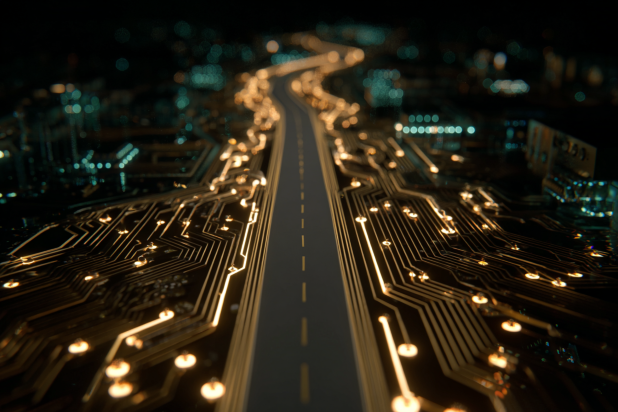
MLPerf Training v5.1: GenAI Drives, Scale Ramps, Field Widens
Two new genAI tests (Llama 3.1 8B, Flux.1) align with production stacks as multi-node results climb. NVIDIA posts many fastest times; University of Florida, Wiwynn, and Datacrunch expand the ecosystem.

Wanjiku Kamau on Her Book: Out of the Loop, Into the Algorithm
Allyson Klein talks with author and Google/Intel alum Wanjiku Kamau on moving past AI skepticism, learning fast, and using new tools with intention—so readers start where they are and explore AI with hope.

Cooling the Future: Where Does Cold Plate End and Immersion Begin?
AI racks are blowing past air’s limits. Here’s a frank framework for when cold plate still wins, when it fails, and how to plan the pivot to immersion—without stranding today’s investments.

KubeCon Atlanta: CNCF Sets AI Standard for Kubernetes
On Day 1 of KubeCon + CloudNativeCon Atlanta, CNCF unveiled Kubernetes AI Conformance to make workloads portable—arriving as inference surges to ~1.33 quadrillion tokens/month across Google’s systems.

How Financial Services Can Responsibly Scale AI
FinTech expert Anusha Nerella shares insights on staying ahead of fraud, navigating regulation, and building collaborative teams to scale responsible AI across the financial services sector.

Under the Hood: The Alphabet Soup of Car Connectivity
Modern software-defined cars blend multiple links—CAN/LIN, MIPI, SerDes, and Ethernet/TSN—to shrink wiring and cost, manage EMI, and deliver reliable, deterministic timing from sensors to actuators.

VAST and CoreWeave Sign $1.17B Deal to Power AI Data Layer
Multi-year agreement makes VAST AI OS CoreWeave’s primary data foundation, aligning roadmaps for instant dataset access and performance across training and real-time inference in global AI cloud regions.

Walmart and Cornelis Expose the Costs of Network Inefficiency
Billions of customer interactions during peak seasons expose critical network bottlenecks, which is why critical infrastructure decisions must happen before you write a single line of code.

Giga Computing on Rack-Scale AI: From Training to Inference
Recorded at #OCPSummit25, Allyson Klein and Jeniece Wnorowski sit down with Giga Computing’s Chen Lee to unpack GIGAPOD and GPM, DLC/immersion cooling, regional assembly, and the pivot to inference.

Avayla and OCP Redefine Cooling Standards for the AI Age
At the OCP Global Summit, Avayla CEO Kelley Mullick reveals how rapid standardization and hybrid cooling strategies are reshaping infrastructure for the AI era.

Cyber Conflict vs War on Drugs: Mitigating the Unwinnable
Nat-sec cyber innovator Sean Grimaldi compares the cyber war to the War on Drugs: incentives persist; adversaries adapt. What if we shifted the goal from zero breaches to rapid detection, containment, and recovery?

Inside Cornelis Networks’ Focused Fight to Redefine AI Performance
Under CEO Lisa Spelman, Cornelis turns constraints into a competitive weapon, delivering speed, precision, and a customer-obsessed purpose in the high-stakes AI infrastructure arena.
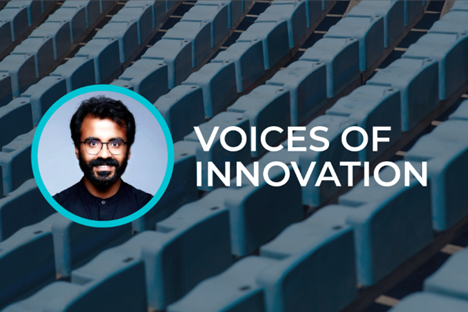
Tejas Chopra on Building for Impact
In this Q&A, TechArena Voice of Innovation Tejas Chopra (Netflix) explores AI reliability, first-principles thinking, and how human creativity shapes technology that truly lasts.
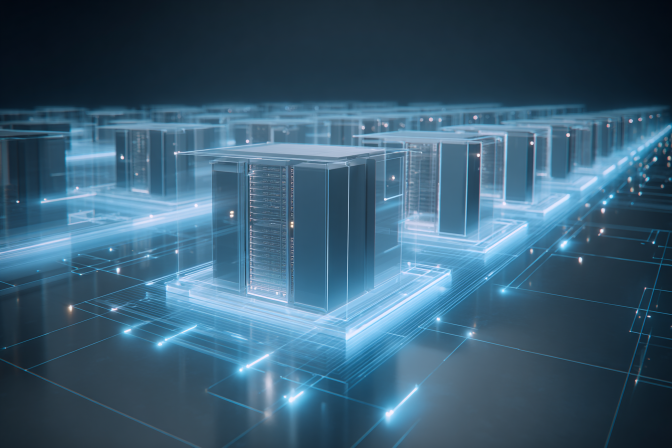
Open-Source AI and the Road to Broad Deployment
Open models move fast—but production doesn’t forgive surprises. Lynn Comp maps how to pair open-source AI with a solid CPU foundation and orchestration to scale from pilot to platform.

A Guide to On-Premises and First-Party Cloud-Native Storage
What modern storage really means, how on-prem arrays compare to first-party cloud services, and a clear checklist to pick the right fit for cost, control, scalability, and resilience.

Data Insights at OCP: DataraAI on Edge Robotics
Durgesh Srivastava unpacks a data-loop approach that powers reliable edge inference, captures anomalies, and encodes technician know-how so robots weld, inspect, and recover like seasoned operators.

Cooling for the Gigawatt Era: JetCool’s Roadmap for AI Data Centers
As part of Flex, JetCool is scaling its microconvective cooling technology to help hyperscalers deploy next-gen systems faster, streamlining cooling deployments from server to rack in the AI era.
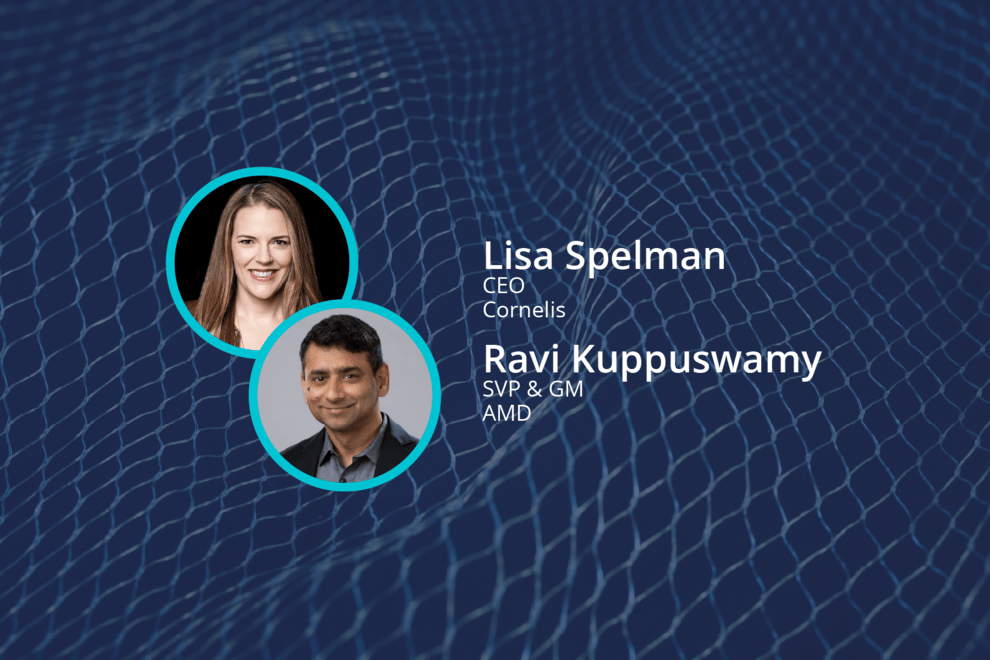
Cornelis Networks & AMD on Scaling AI Without the Chaos
From CPU orchestration to scaling efficiency in networks, leaders reveal how to assess your use case, leverage existing infrastructure, and productize AI instead of just experimenting.
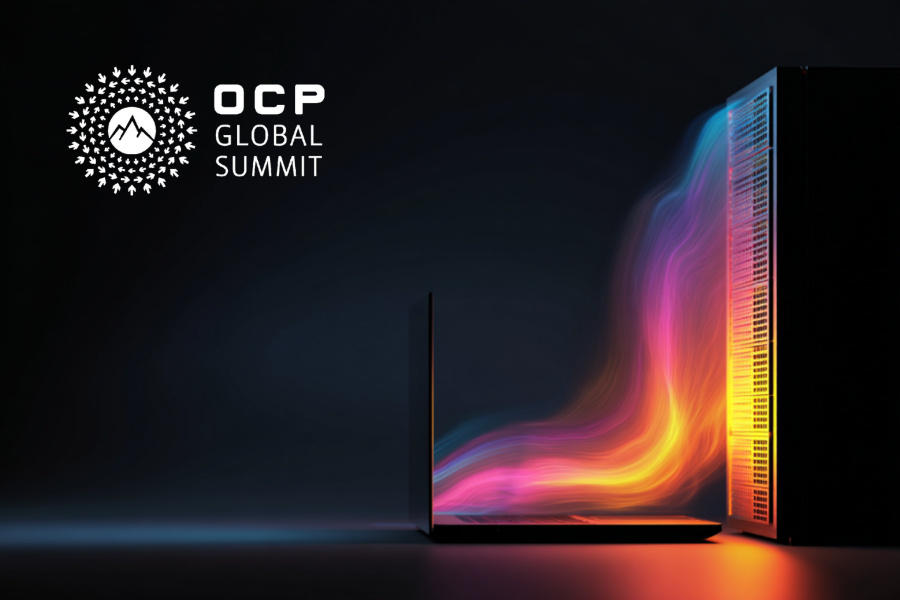
From Laptops to Data Center Racks: Ventiva’s Thermal Play at OCP
Ventiva discusses how hard-won laptop cooling know-how can unlock inside-the-box gains for AI servers and racks—stabilizing hotspots, preserving acoustics, and boosting performance.
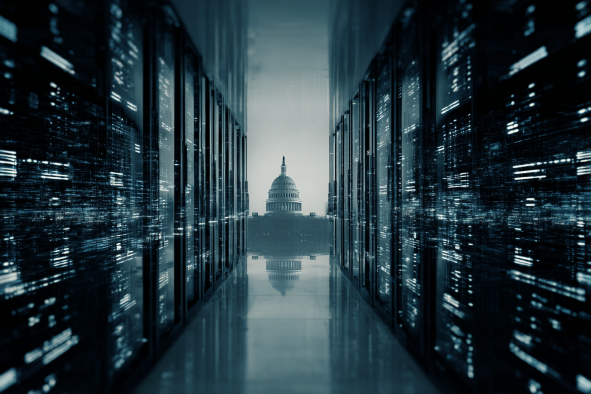
GTC DC: NVIDIA’s Big Bets on AI Factories, DOE, and 6G
At GTC DC, NVIDIA outlined DOE-scale AI systems, debuted NVQLink to couple GPUs and quantum, partnered with Nokia on AI-RAN to 6G, mapped Uber robotaxis for 2027, and highlighted Synopsys’ GPU gains.
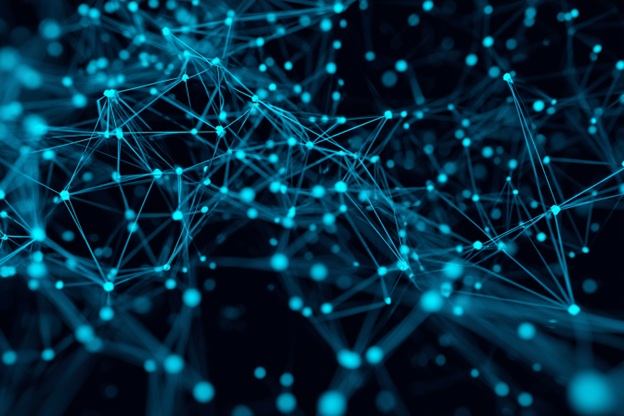
The Network Revolution: Cornelis Tackles AI’s Efficiency Crisis
While enterprises pour resources into more GPUs, up to 30% of that computing power sits idle waiting for data. The solution isn't more hardware; it's smarter network architecture.

CelLink at OCP: 3 Key Takeaways for AI Factories
Design shifted to rack-scale. Power and cooling span the full path. Liquid is table stakes. Three takeaways from OCP 2025—and why CelLink’s PowerPlane fits an AI-factory mindset.

Scality and Solidigm Reshape Storage Protection in the AI Era
Converging forces, including affordable SSDs, ransomware requiring fast restoration capabilities, and AI workloads needing assured data integrity, are redefining protection strategies at unprecedented scale.
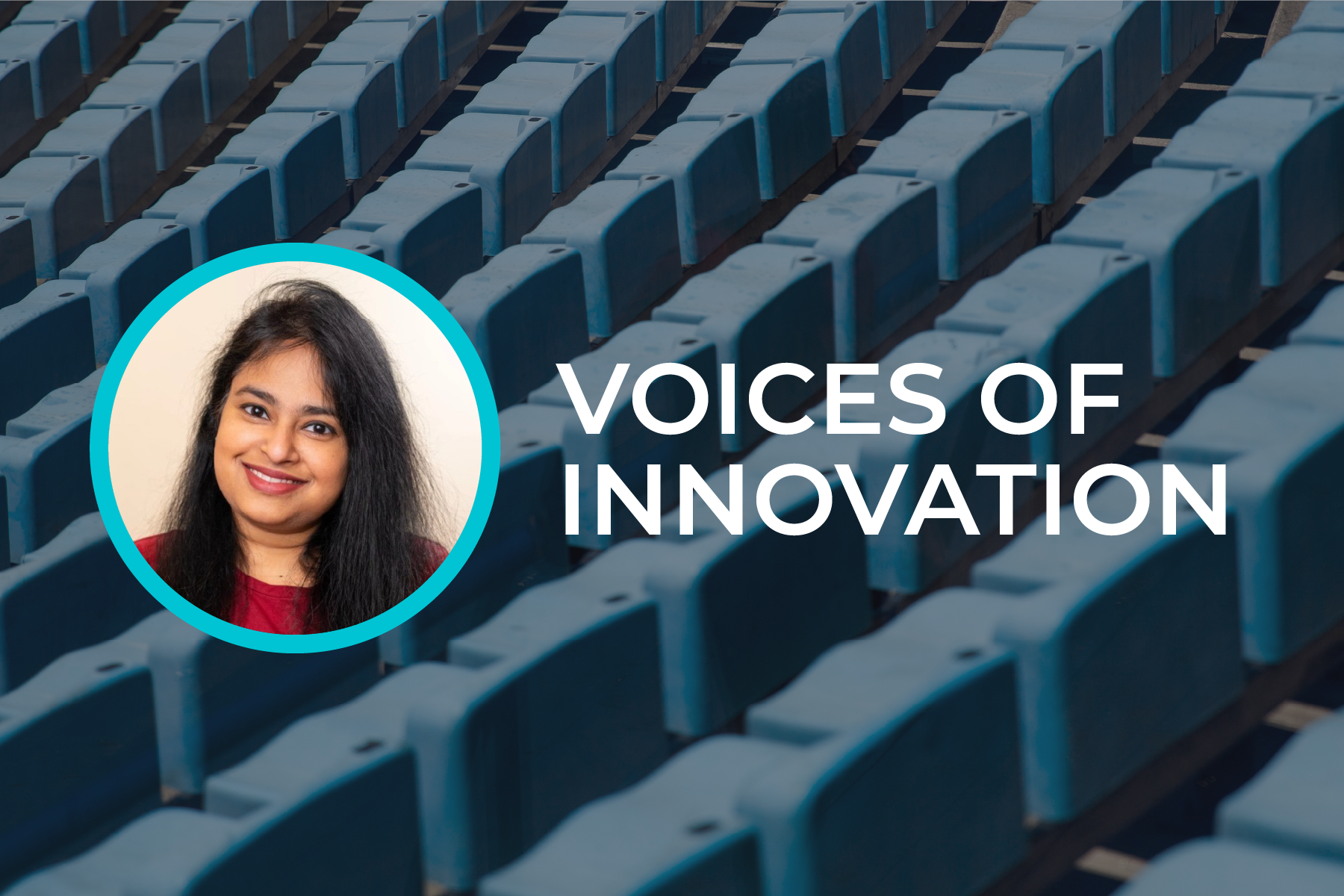
Banani Mohapatra on AI with Purpose
From analytics to AI leadership, TechArena Voice of Innovation Banani Mohapatra (Walmart) shares how experimentation, ethics, and human creativity shape the next era of data-driven innovation.
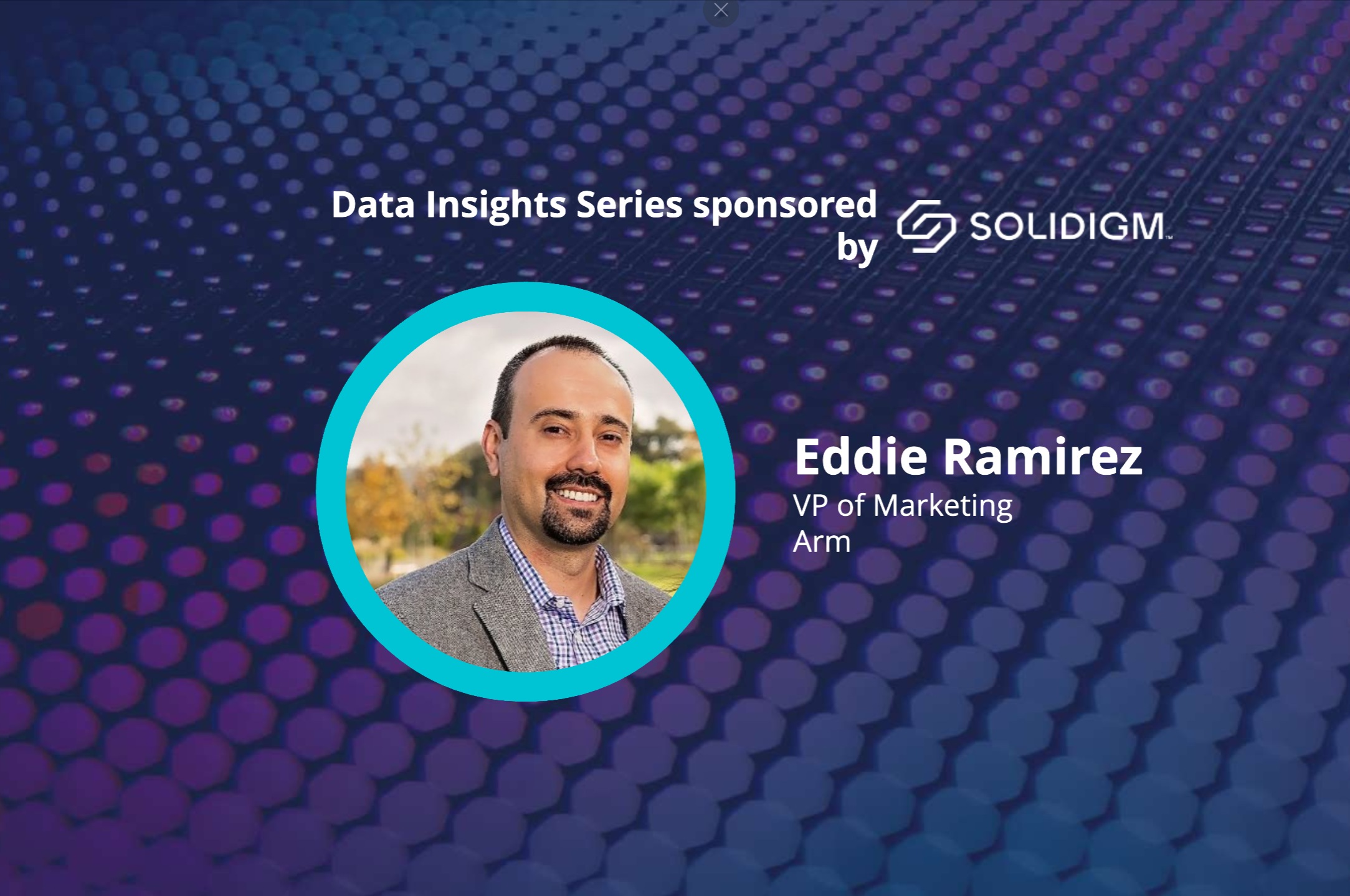
From OCP 2025: Arm’s Chiplet Push and the AI Ecosystem Play
Allyson Klein and co-host Jeniece Wnorowski sit down with Arm’s Eddie Ramirez to unpack Arm Total Design’s growth, the FCSA chiplet spec contribution to OCP, a new board seat, and how storage fits AI’s surge.

Equinix and Solidigm Map AI’s Ripple Effects Across Tech
The AI surge is forcing a fundamental rethink of infrastructure strategy, from unexpected co-location demand to storage breakthroughs that challenge conventional wisdom.

Xinnor Reinvents RAID for the Era of AI-Driven Data Centers
Traditional data protection becomes the bottleneck when GPU idle time costs millions. Joint testing with Solidigm shows how next-generation solutions maintain full speed during drive failures.
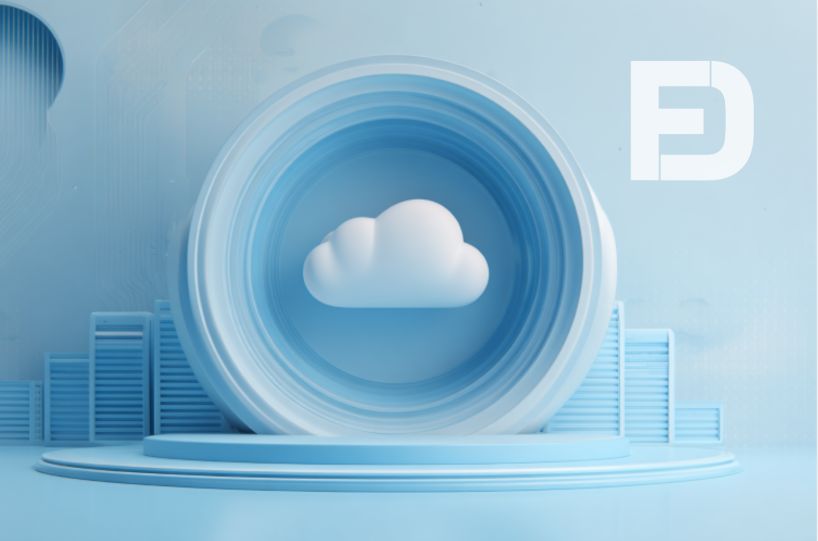
CFD24: HPE Bets on a “Cool-Again” Private Cloud Strategy
From provisioning to observability to protection, HPE’s expanding cloud software suite targets the repatriation wave.
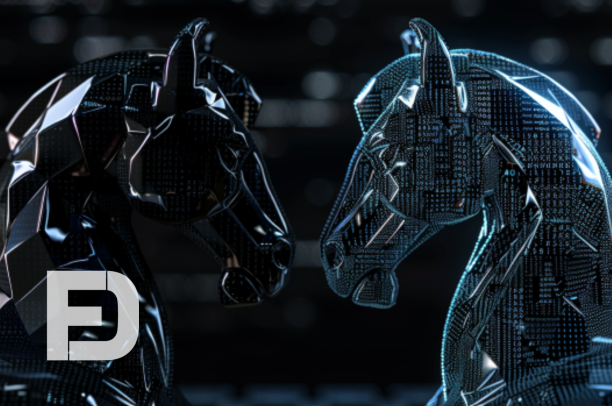
When AI is a Bad Actor's Best Friend: Fortinet at CFD24
LLMs have given attackers new angles. Fortinet showed, step by step, how AI-driven probes escalate—and how FortiGate, FortiWeb, FortiAnalyzer, and FortiSOAR close the door without slowing the business.
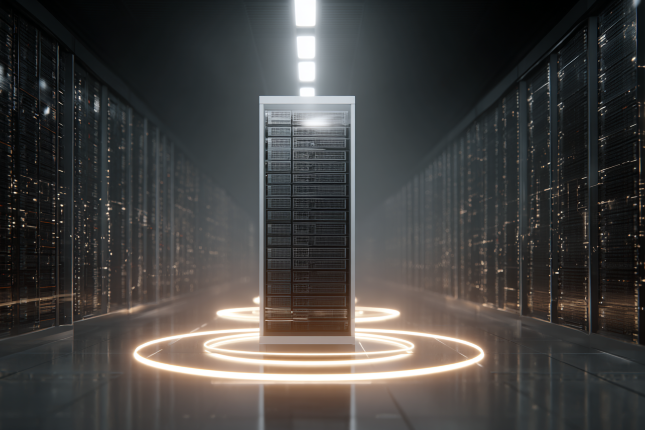
5 Ways To Keep GPUs Fed—Hard-Won Lessons From Our AI Factory Panel
From racks and liquid loops to data placement and standards pace, five takeaways from CoreWeave, Dell, NVIDIA, Solidigm, and VAST Data on building AI factories that keep accelerators busy and dollars well-spent.

CFD24: Oxide Delivers Couture Hyperscale Infra for the Enterprise
At Cloud Field Day 24, Oxide outlines a vertically integrated rack—custom hypervisor, integrated power/network, and open integrations—aimed at bringing hyperscale efficiency and faster deploys to enterprise DCs.

Pure Storage Offers Prompt-Based Control, Smooth Infra Management
Presenting at Cloud Field Day 24, Pure pitched fleet-level automation across mixed environments as the antidote to storage silos, promising one control plane for legacy systems and modern workloads.

How Axelera Scales Inference From Edge to Data Center
In the Arena: Allyson Klein with Axelera CMO Alexis Crowell on inference-first AI silicon, a customer-driven SDK, and what recent tapeouts reveal about the roadmap.
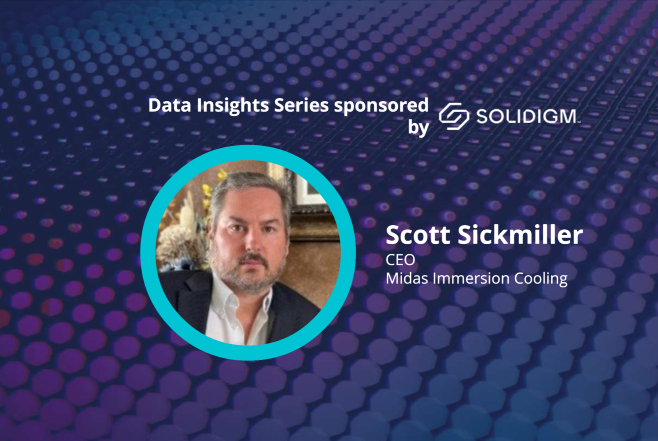
Immersion, Not Hype: Midas on Liquid Cooling at OCP
Midas Immersion Cooling CEO Scott Sickmiller joins a Data Insights episode at OCP 2025 to demystify single-phase immersion, natural vs. forced convection, and what it takes to do liquid cooling at AI scale.
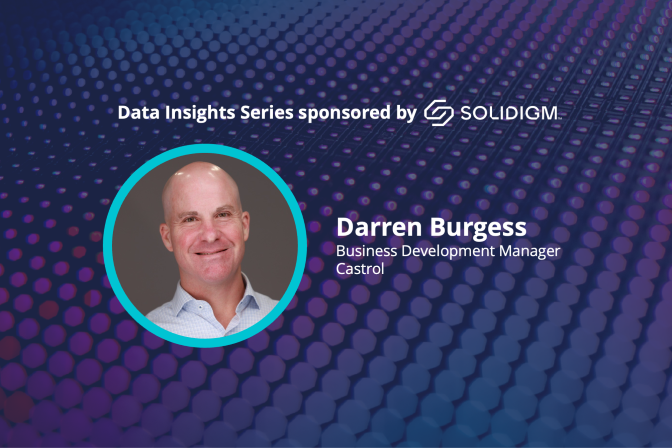
Castrol on Liquid Cooling: Additives, Filters, Failure Modes
From hyperscale direct-to-chip to micron-level realities: Darren Burgess (Castrol) explains dielectric fluids, additive packs, particle risks, and how OCP standards keep large deployments on track.

Solidigm Breaks Down Siloed Thinking About AI Infrastructure
By rethinking how data flows between storage, memory, and compute, organizations unlock performance improvements impossible through isolated optimization.
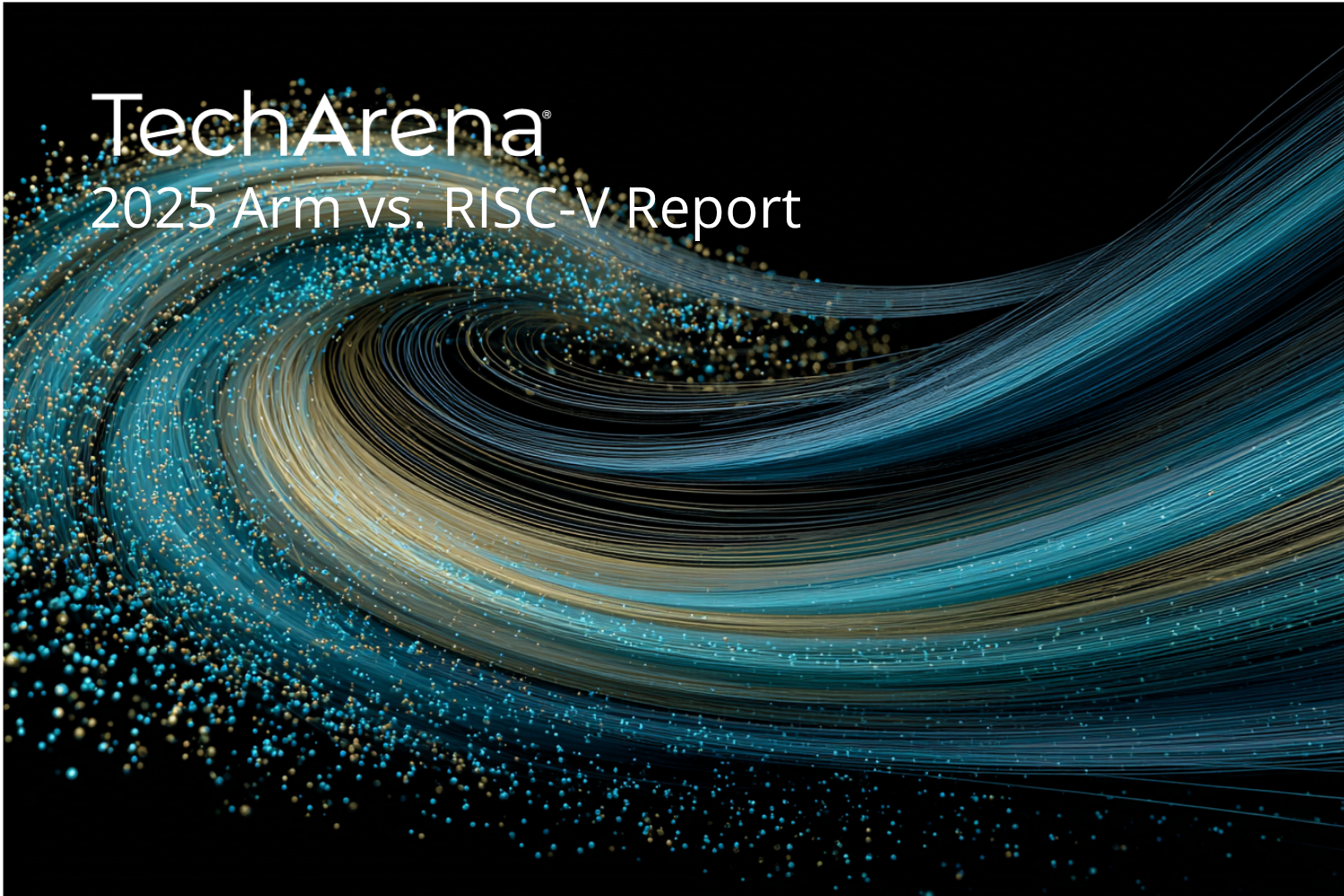
Arm vs. RISC-V: Same DNA, Different Flight Paths
A 2025 field guide for architects: why Arm’s software gravity and hyperscaler adoption make it the low-friction path today, where RISC-V is gaining ground, and the curveballs that could reshape both.

Data Insights: AI in Healthcare with Dr. Rohith Vangalla
In this episode of Data Insights, host Allyson Klein and co-host Jeniece Wnorowski sit down with Dr. Rohith Vangalla of Optum to discuss the future of AI in healthcare.

How Equinix & Solidigm See Evolving Workloads Reshaping IT
Industry leaders reveal why data-centric, change-ready data center architectures will determine who thrives in the age of unpredictable AI advancements.

PEAK:AIO on Smarter Storage for AI—Data Insights @ OCP
From OCP San Jose, PEAK:AIO’s Roger Cummings explains how workload-aware file systems, richer memory tiers, and capturing intelligence at the edge reduce cost and complexity.
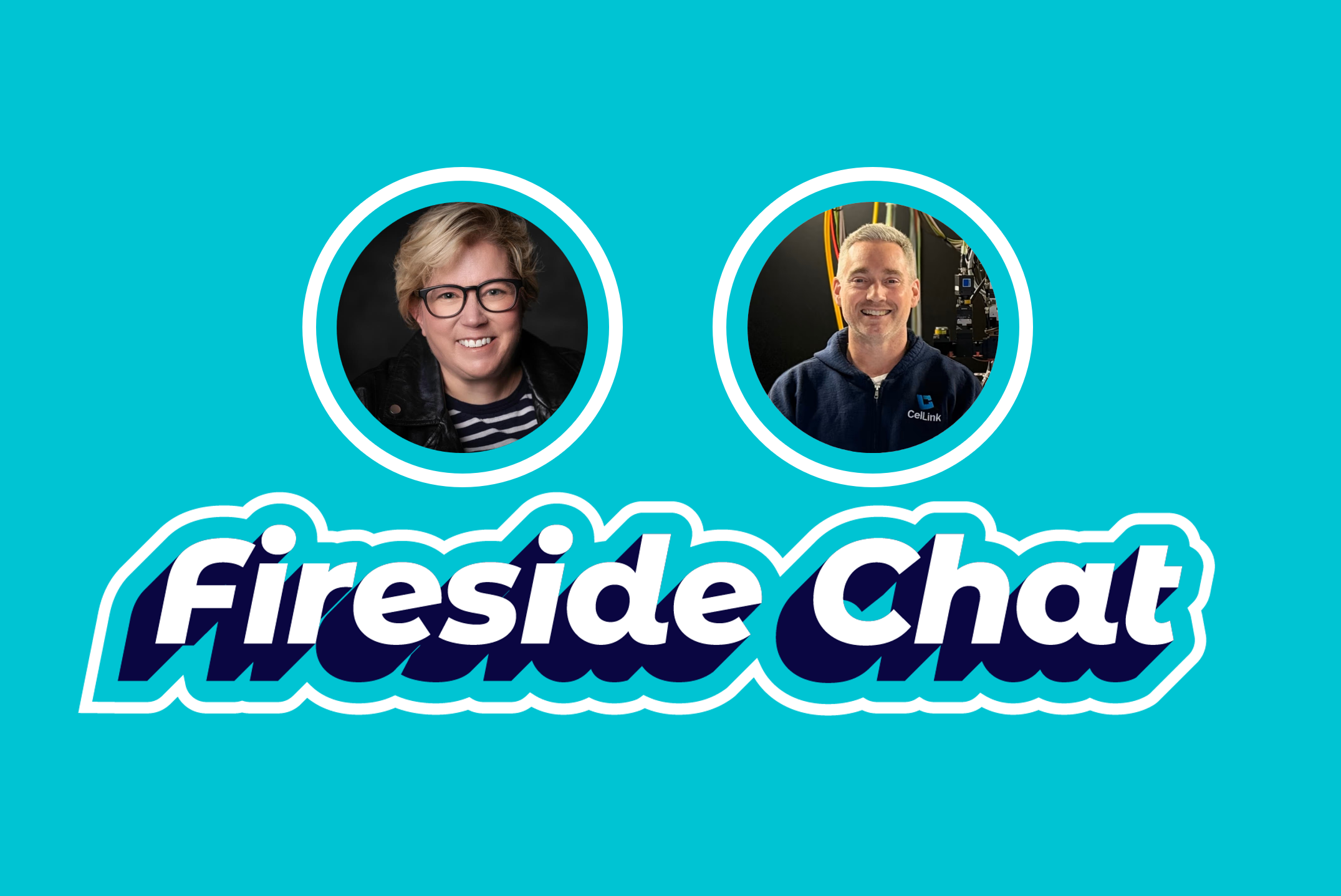
CelLink PowerPlane: Flat Power for AI Server Racks
Innovative power delivery unlocks a shift in data-center design. CelLink PowerPlane routes thousands of amps in a flat, flexible circuit—cutting cabling and accelerating AI factory builds.
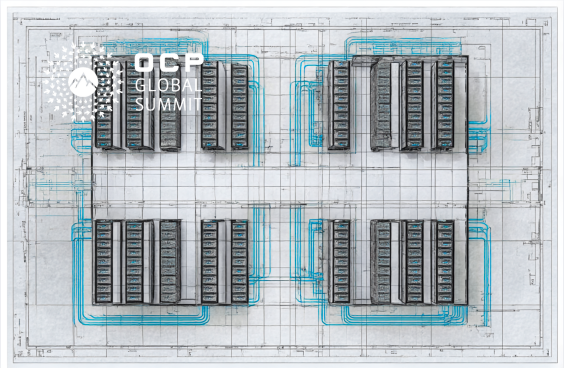
From Box to Building—How Open Compute Is Rewiring the AI Factory
Helios puts “rack as product” in market, Intel’s rack-scale vision shows up on the floor, and vendors from Giga Computing to Rack Renew turn open specs into buyable racks, pods—and faster time-to-online.
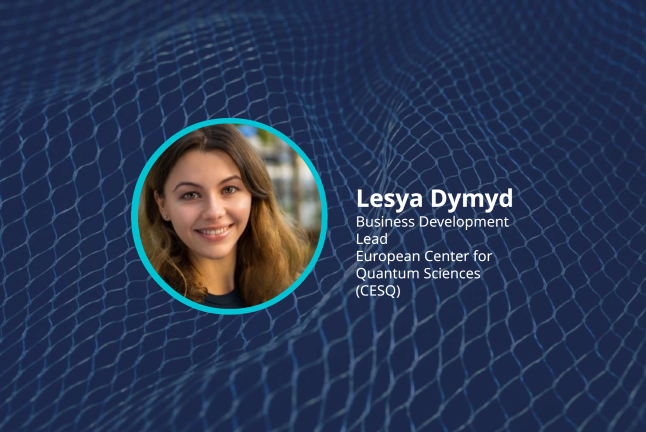
Hybrid Quantum + HPC: CESQ’s Lesya Dymyd at OCP 2025
Recorded live at OCP in San Jose, Allyson Klein talks with CESQ’s Lesya Dymyd about hybrid quantum-classical computing, the new Maison du Quantique, and how real-world use cases may emerge over the next 5–7 years.
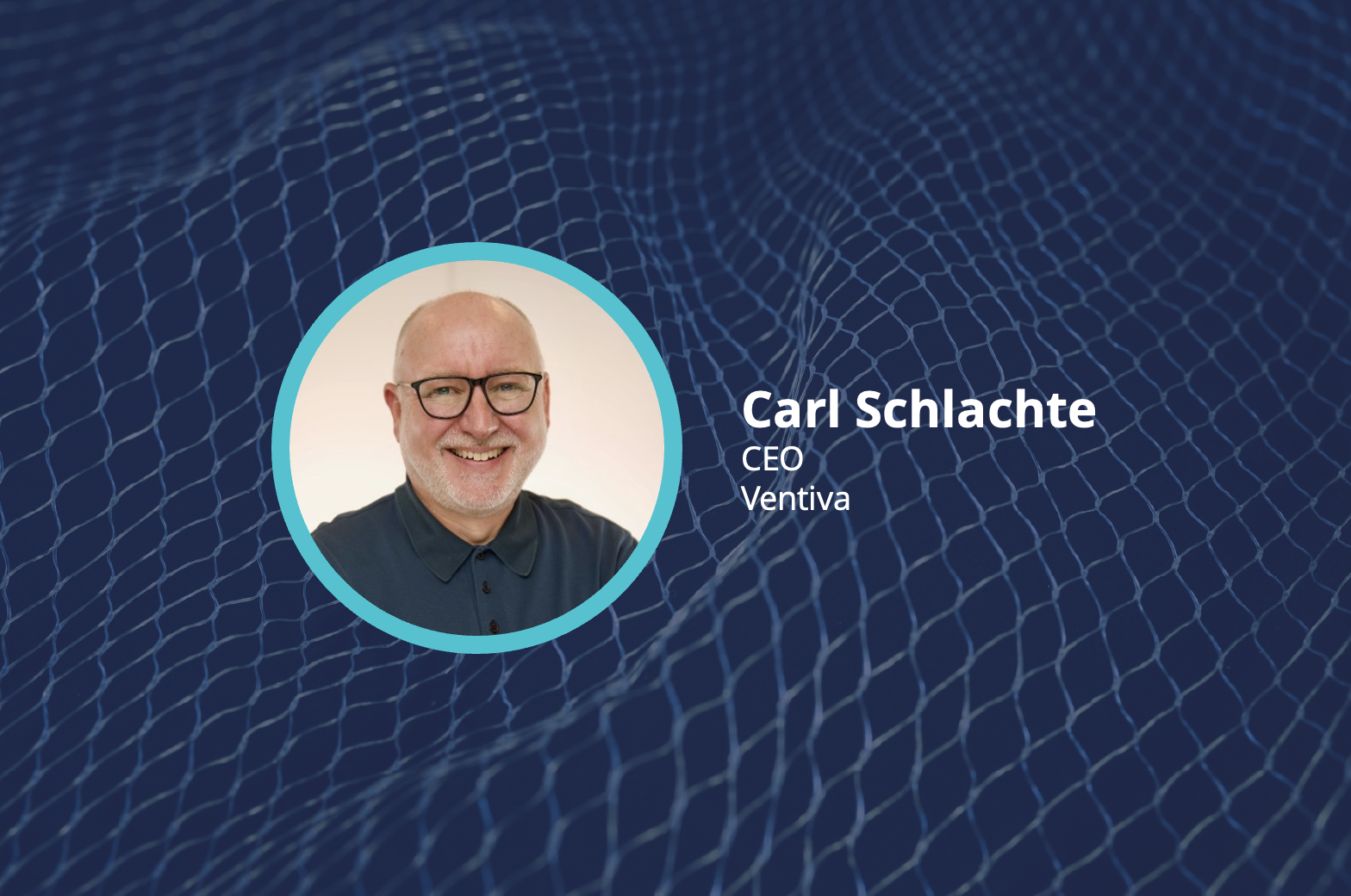
Ventiva Brings Innovative Solid-State Cooling to the AI Data Center
CEO Carl Schlachte joins TechArena at OCP Summit to share how Ventiva’s solid-state cooling—proven in dense laptops—scales to servers, cutting noise, complexity and power while speeding deployment.
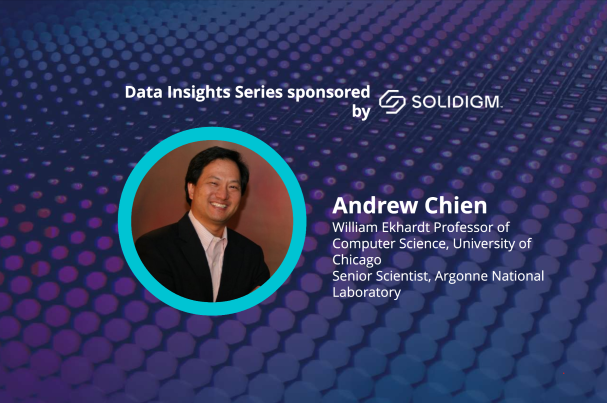
OCP, Power Grids & Open Racks — with Dr. Andrew Chien
From OCP Summit San Jose, Allyson Klein and co-host Jeniece Wnorowski interview Dr. Andrew Chien (UChicago & Argonne) on grid interconnects, rack-scale standards, and how openness speeds innovation.
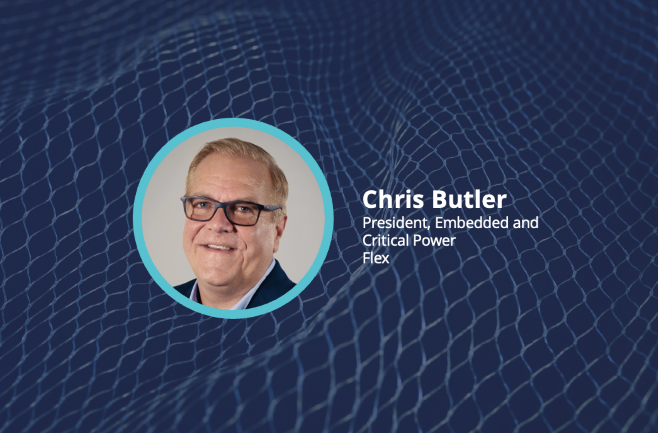
Flex at OCP: Chris Butler on Breaking the IT–Power Wall
From the OCP Global Summit in San Jose, Allyson Klein sits down with Chris Butler of Flex to unpack how the company is collapsing the gap between IT and power—literally and figuratively.
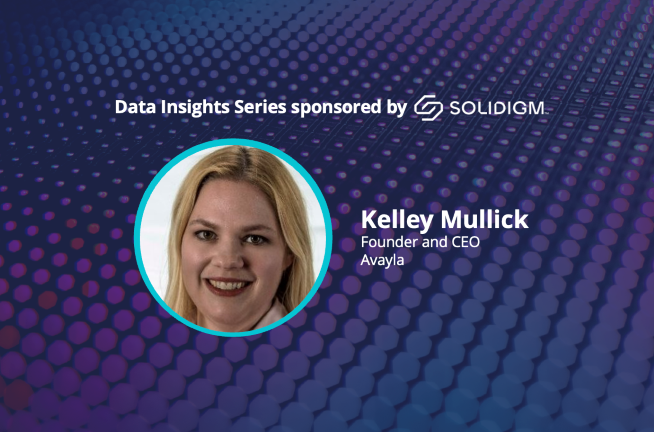
Kelley Mullick of Avayla on Rack-Scale Design & Hybrid Cooling
From OCP Summit 2025, Kelley Mullick joins Allyson Klein and co-host Jeniece Wnorowski for a Data Insights episode on rack-scale design, hybrid cooling (incl. immersion heat recapture), and open standards.
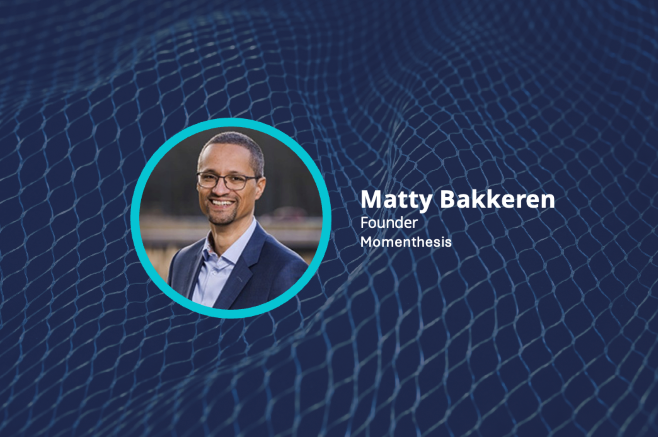
Momenthesis’ Matty Bakkeren: ‘We Need to Keep Open Open’
At OCP’s 2025 global summit, Momenthesis founder Matty Bakkeren joins Allyson Klein to explore why open standards and interoperability are vital to sustaining AI innovation at datacenter scale.
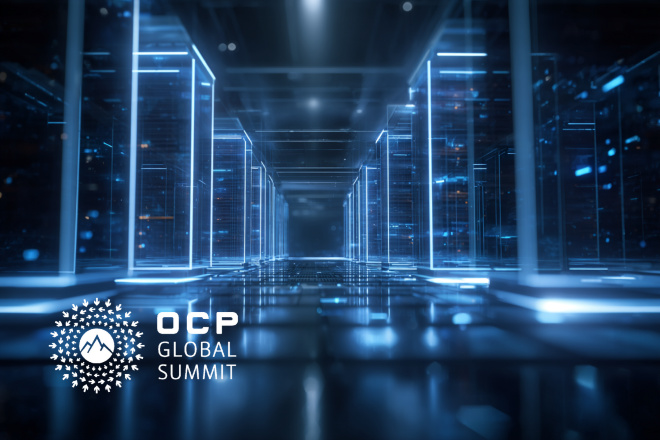
OCP 2025: Open is the Only Way We Scale the AI Data Center
Open collaboration just leveled up: OCP pushes shared specs from rack to data center—power, cooling, networking, and ops—so AI capacity can scale faster, with less friction and more choice.
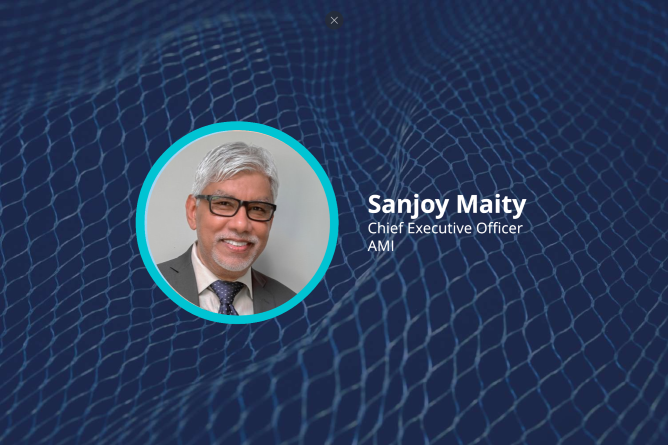
AMI on Open Firmware for the AI-Native Data Center
AMI CEO Sanjoy Maity joins In the Arena to unpack the company's shift to open source firmware, OCP contributions, OpenBMC hardening, and the rack-scale future—cooling, power, telemetry, and RAS built for AI.

Arm Joins OCP Board, Contributes Chiplet Architecture Spec
Appointment to Open Compute Project Foundation board of directors, contribution of Foundation Chiplet System Architecture (FCSA) spec underscore Arm’s ascendency in hyperscale, AI data centers.
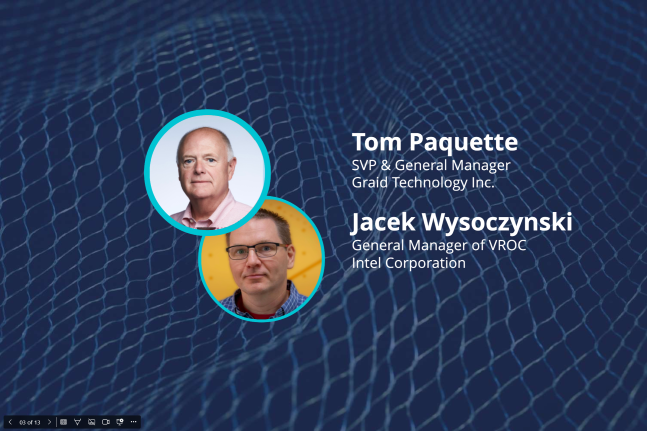
With Intel News, Graid Expands Quest to Deliver World-Class RAID
Graid Technology takes on Intel VROC licensing for data center and workstation customers, extending its RAID portfolio to offer both CPU-integrated and GPU-accelerated solutions.

MLPerf’s Breakout Year: Benchmarking Expands with AI
As AI spreads across industries, MLPerf is evolving from niche training benchmarks to a shared performance yardstick for storage, automotive, and beyond, capturing a pivotal 2025 moment.

CelLink Flex Harnesses Enable the AI Power Revolution
CelLink’s ultrathin flex harnessing ushers in a new era in compute infrastructure innovation, cutting cable volume by up to 90% and boosting density, reliability, and efficiency.
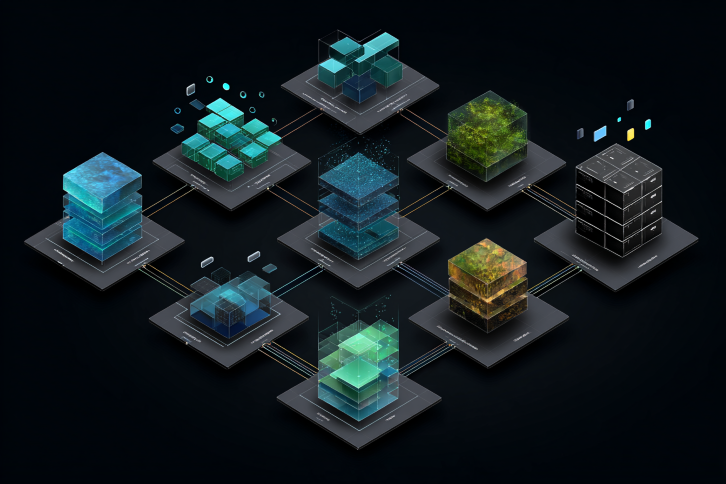
Giving Storage Strategy a Reboot for Efficiency with Solidigm
As AI workloads push storage power consumption higher, the path to true storage efficiency demands systems-level thinking including hardware, software, and better metrics for picking the right drives.
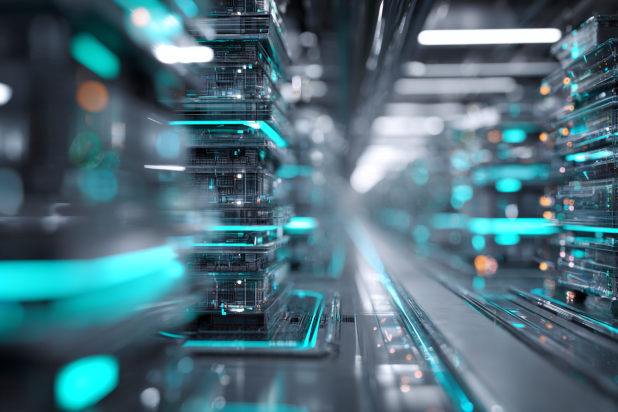
Inside Iceotope’s Mission to Cool AI Sustainably
As AI workloads scale, cooling must evolve. Iceotope’s liquid cooling technology is a paradigm shift for datacenter and edge infrastructure deployment.
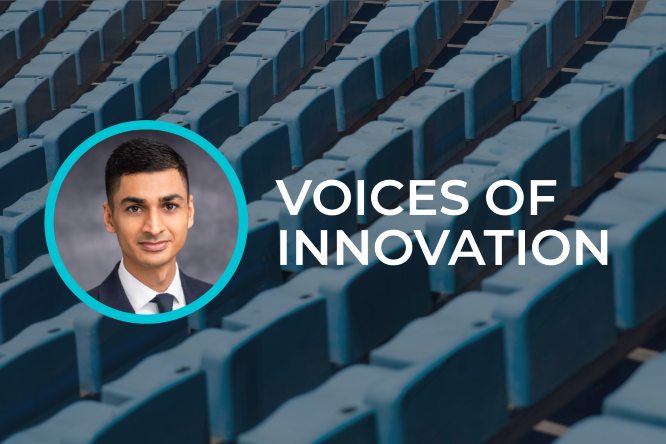
Bhavnish Walia on AI, Risk, and Responsible Innovation
From Citibank to Amazon to AI governance, Bhavnish Walia’s career blends fintech, compliance, and ethical AI. In this Q&A, he shares his innovation framework and vision for augmented creativity.
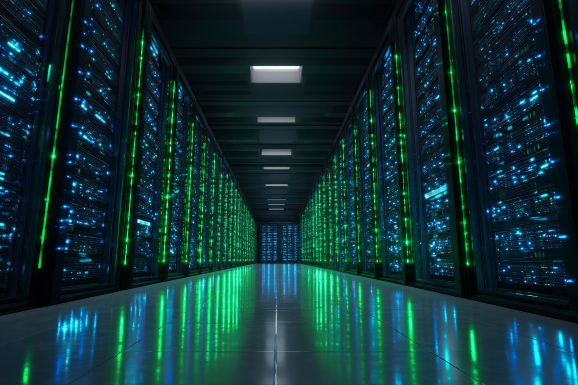
Rewriting the Data Center Playbook for AI with Solidigm
With explosive data growth and power demands forcing transformation, the future belongs to those who plan for what’s “next-next.”
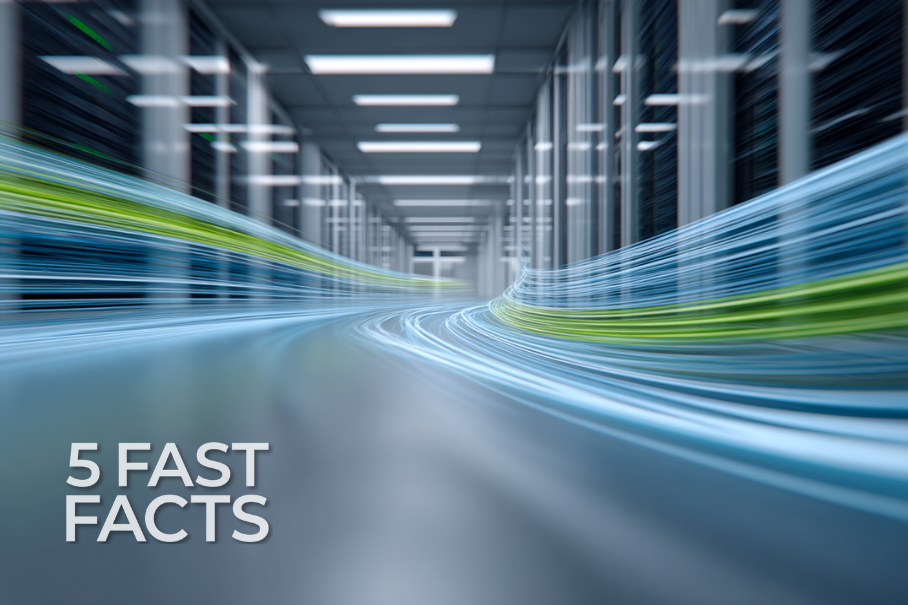
Solidigm Redefines Measuring Storage Efficiency for AI Workloads
As GPU racks hit 150kW, throughput per watt has become the efficiency metric that matters, and SSDs are proving their worth over legacy infrastructure with 77% power savings and 90% less rack space.
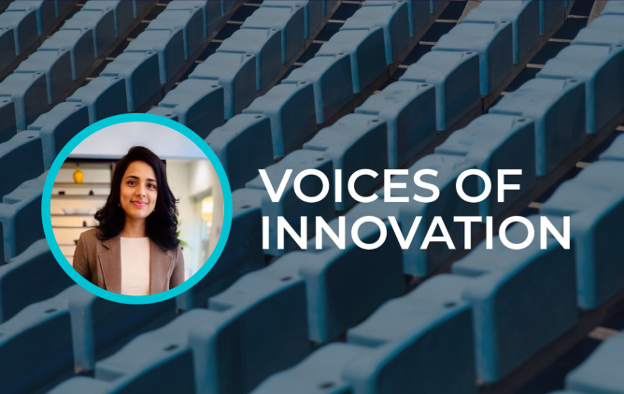
Anusha Nerella: Innovation Is Responsibility in Motion
Voice of Innovation Anusha Nerella shares how fintech, AI, and responsible automation are reshaping the future and why true innovation is less about disruption and more about trust.

AMD Lands OpenAI Deal, Challenging NVIDIA’s AI Dominance
A landmark multi-year deal positions AMD as a core compute partner for OpenAI’s expanding AI infrastructure—diversifying its silicon base and reshaping GPU market dynamics.
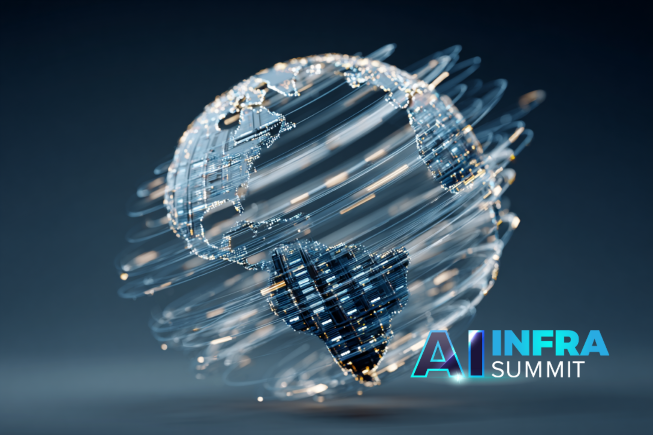
Rafay Systems: Building the Foundations of AI Infrastructure
Rafay Systems is emerging as a key enabler of global AI infrastructure, helping enterprises and neoclouds operationalize large-scale deployments in the dawn of the AI era.
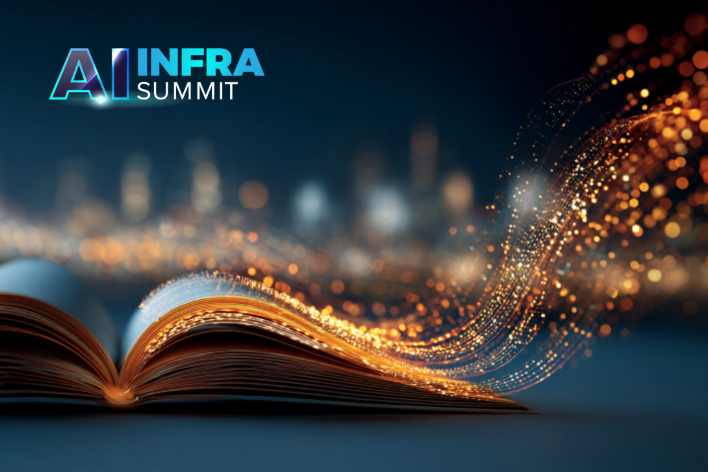
Daniel Wu on Scaling AI with Trust and Strategy
Daniel Wu joins TechArena and Solidigm on Data Insights to share his perspective on bridging academia and enterprise, scaling AI responsibly, and why trustworthy frameworks matter as AI adoption accelerates.
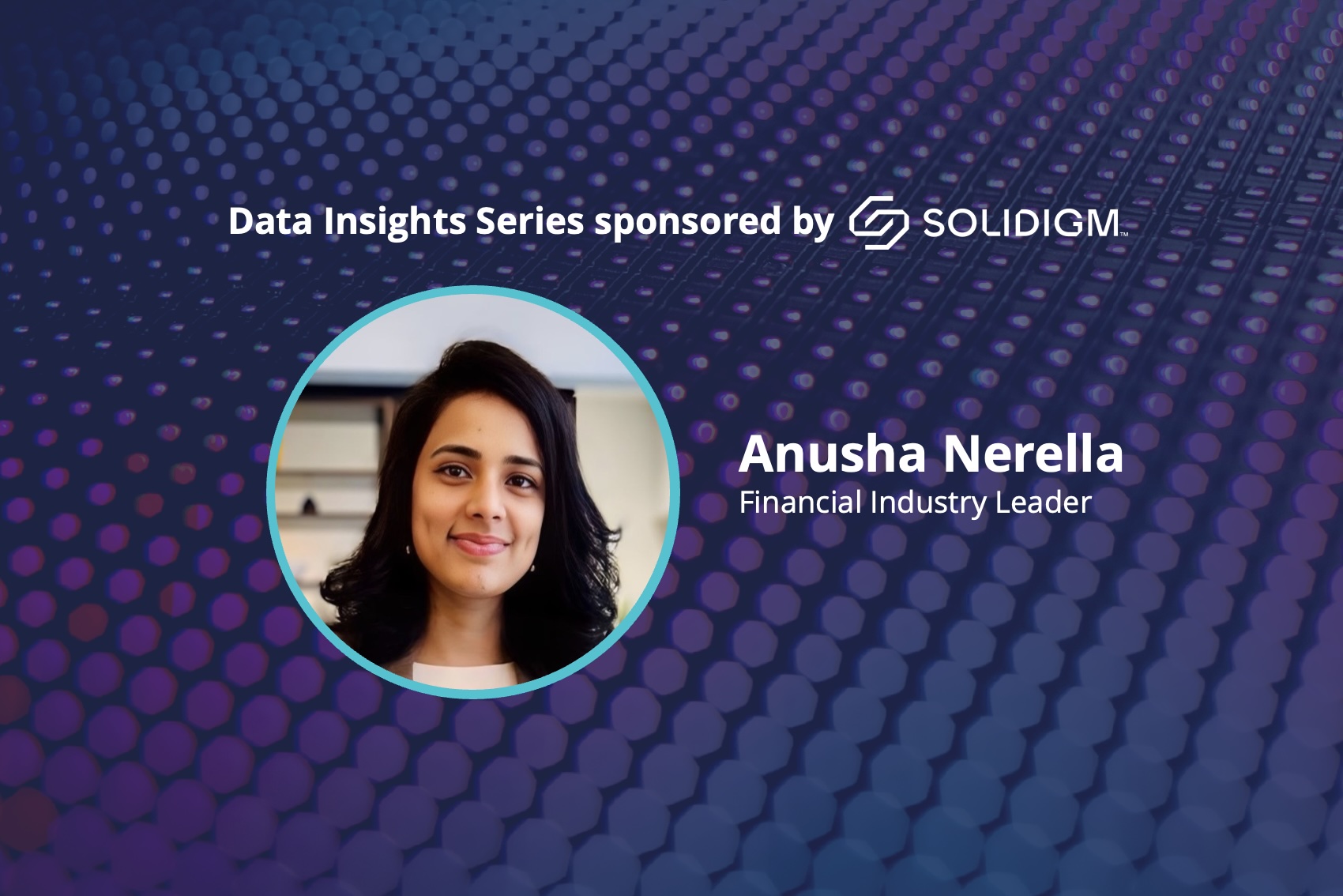
AI in Finance: Governance, Compliance, and Innovation
Anusha Nerella joins hosts Allyson Klein and Jeniece Wnorowski to explore responsible AI in financial services, emphasizing compliance, collaboration, and ROI-driven adoption strategies.
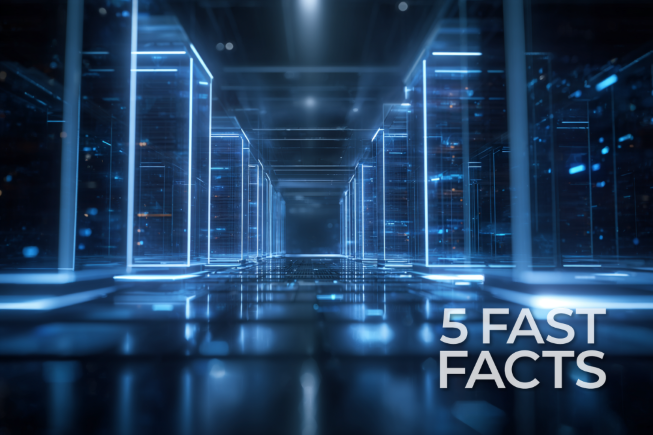
Cirrascale CEO on Defining Compute Efficiency
Dave Driggers, CEO of Cirrascale, breaks down what “compute efficiency” really means, from GPU utilization and TCO modeling to token-based pricing that drives predictable customer value.
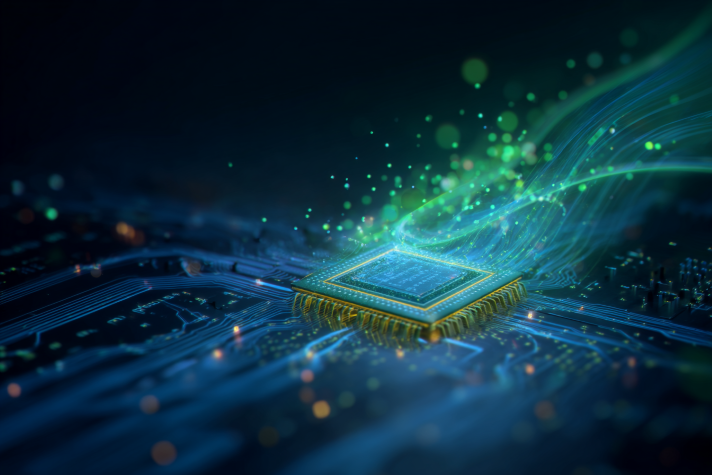
Arm’s AI Infrastructure Advantage: Efficiency Meets Innovation
AWS now ships 50% Arm-based compute, and other major cloud providers are following, as efficiency in the gigawatt era and software optimization drive a shift in data center architecture.
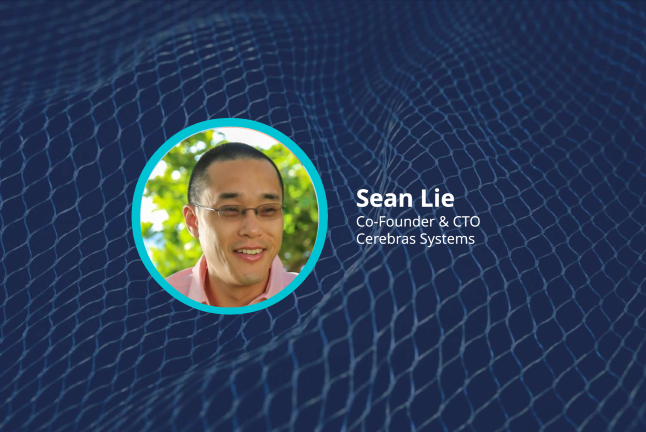
Cerebras Scales Real-Time AI with Wafer-Scale Innovation
At AI Infra Summit, CTO Sean Lie shares how Cerebras is delivering instant inference, scaling cloud and on-prem systems, and pushing reasoning models into the open-source community.
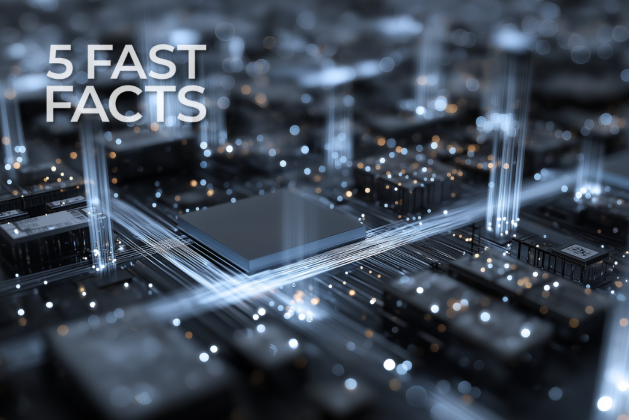
5 Fast Facts: Arm’s Role in Shaping AI Infrastructure
From data center to edge, Arm is enabling full-stack AI efficiency, powering ecosystems with performance-per-watt optimization, tailored silicon, and software portability across environments.
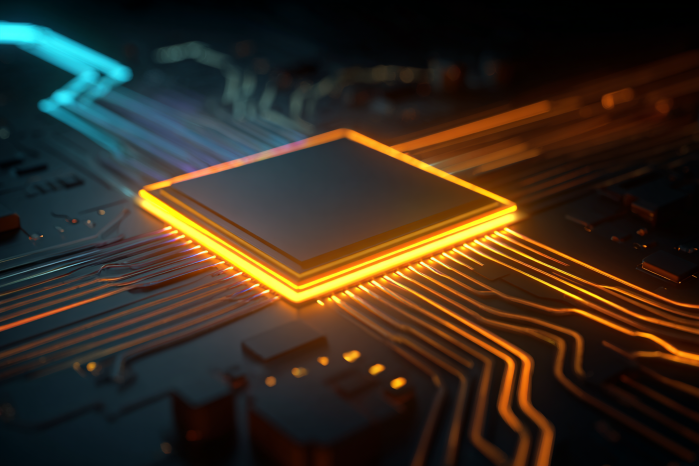
Cerebras Soars with $1.1 B of Pre-IPO Investment
Backed by top U.S. investors, Cerebras gains $1.1B pre-IPO funding, boosting its AI vision, market traction, and challenge to NVIDIA with silicon-to-services expansion.
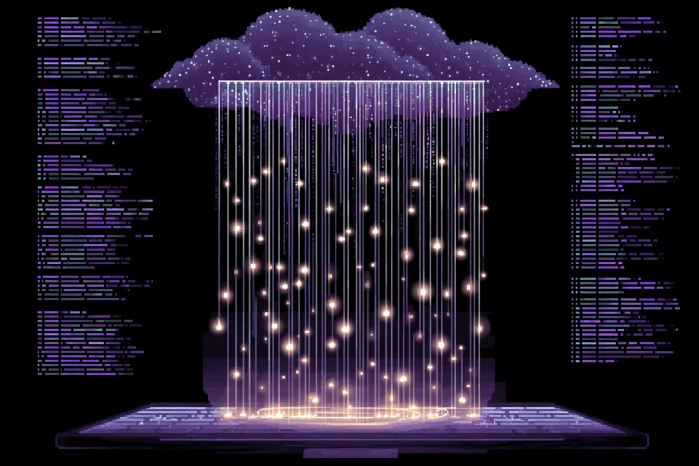
AI-Generated Code: Unlocking Speed – with Guardrails
TechArena Voice of Innovation Tannu Jiwnani explains how to blend GenAI-assisted coding with continuous threat modeling, automated validation, and expert review to accelerate work without compromise.

Nlevel Rethinks Power: What If Energy Worked Like the Internet?
Real-Time Energy Routing (RER) treats electricity like data—modular, dynamic, and software-defined—offering a scalable path to resilient, sustainable data center power.
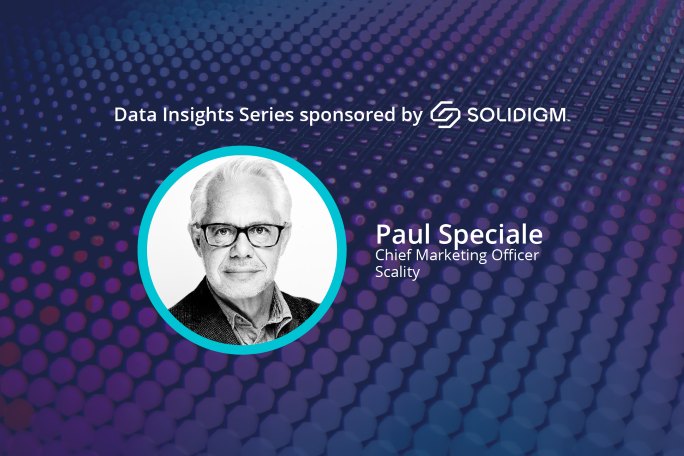
AI, Flash, and Data Protection: Scality’s Vision with Paul Speciale
Scality CMO Paul Speciale joins Data Insights to discuss the future of storage—AI-driven resilience, the rise of all-flash deployments, and why object storage is becoming central to enterprise strategy.
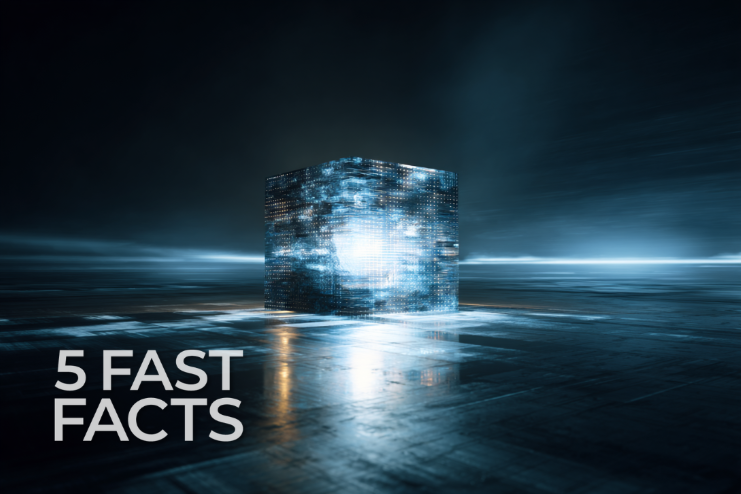
Intel on Compute Efficiency and the Future of AI Data Centers
Intel shares insights on Arm vs. x86 efficiency, energy goals for 2030, AI-driven power demands, and how enterprises can navigate compute efficiency in the AI era.
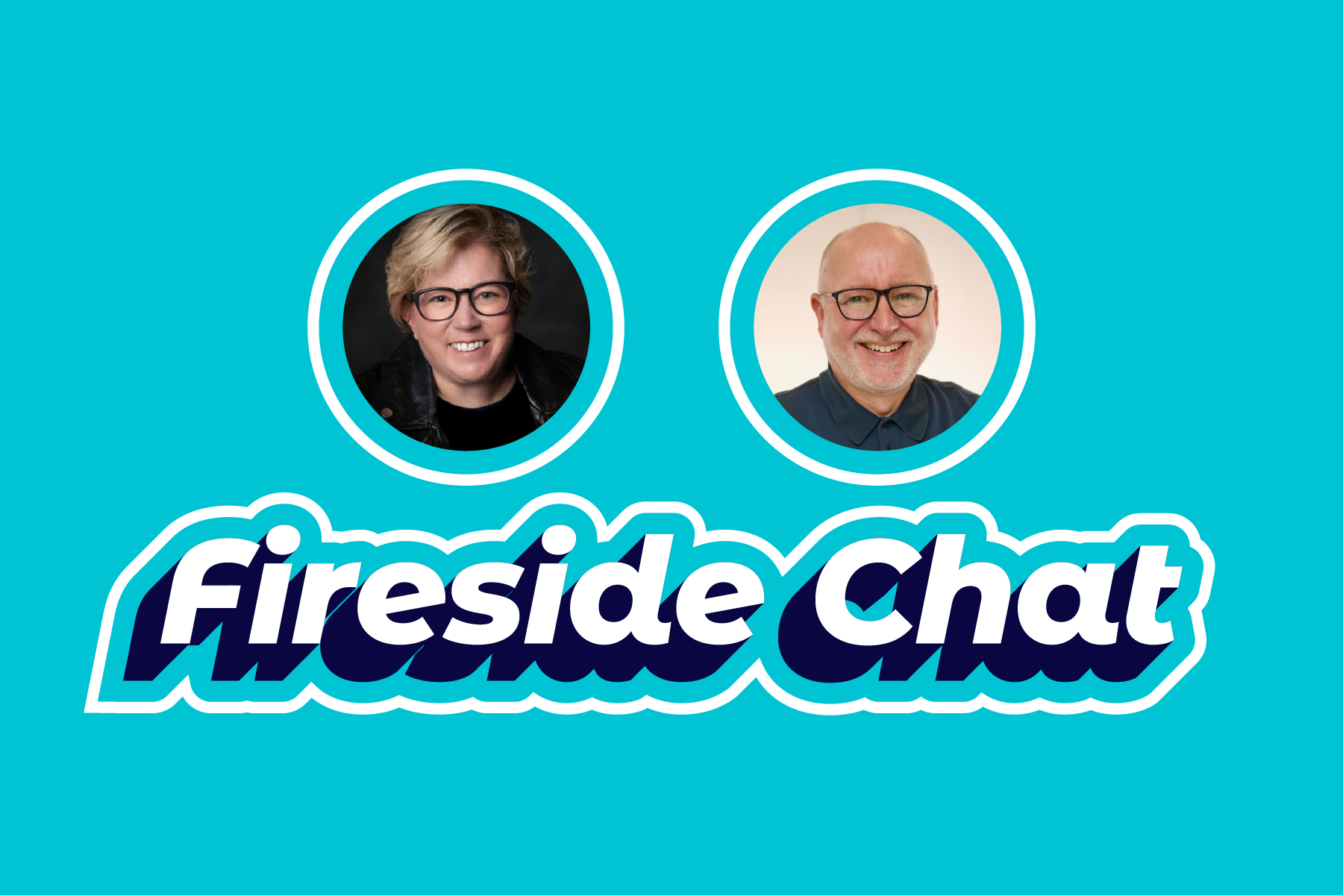
Ventiva Reinvents Cooling with Silent Airflow Tech
Ventiva CEO Carl Schlachte joins Allyson Klein to share how the company’s Ionic Cooling Engine is transforming laptops, servers, and beyond with silent, modular airflow.
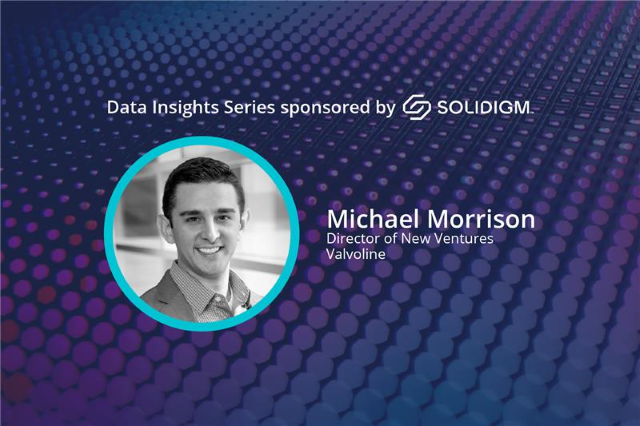
Valvoline Brings Liquid Cooling Power to AI Data Centers
From racing oils to data center immersion cooling, Valvoline is reimagining thermal management for AI-scale workloads. Learn how they’re driving density, efficiency, and sustainability forward.
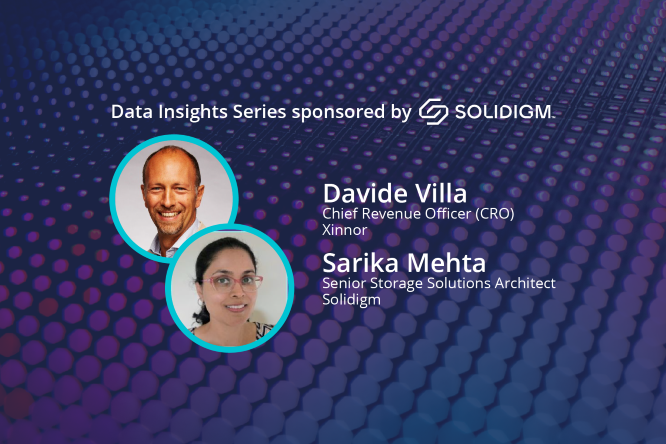
Reinventing RAID for AI: Xinnor and Solidigm on Storage’s Future
This Data Insights episode unpacks how Xinnor’s software-defined RAID for NVMe and Solidigm’s QLC SSDs tackle AI infrastructure challenges—reducing rebuild times, improving reliability, and maximizing GPU efficiency.
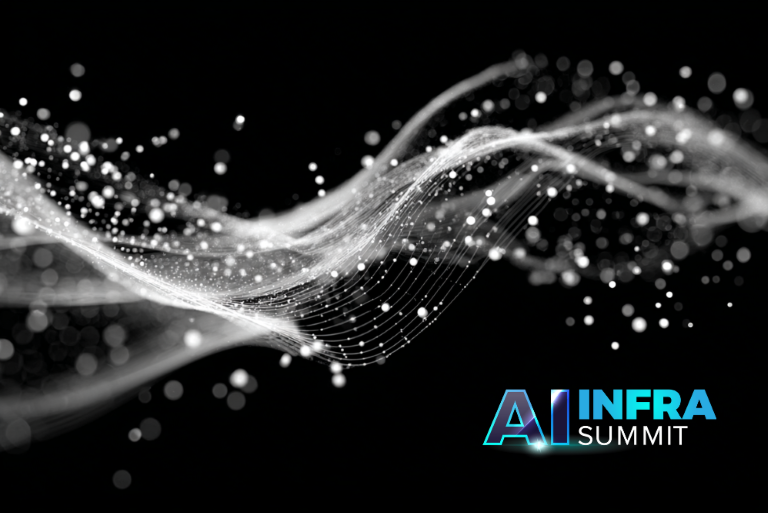
AI Infra Summit 2025: Agents, Utilization, and Innovation
From cloud to edge, agentic workflows are moving from pilots to production—reshaping compute, storage, and networks while spotlighting CPU control planes, GPU utilization, and congestion-free fabrics.
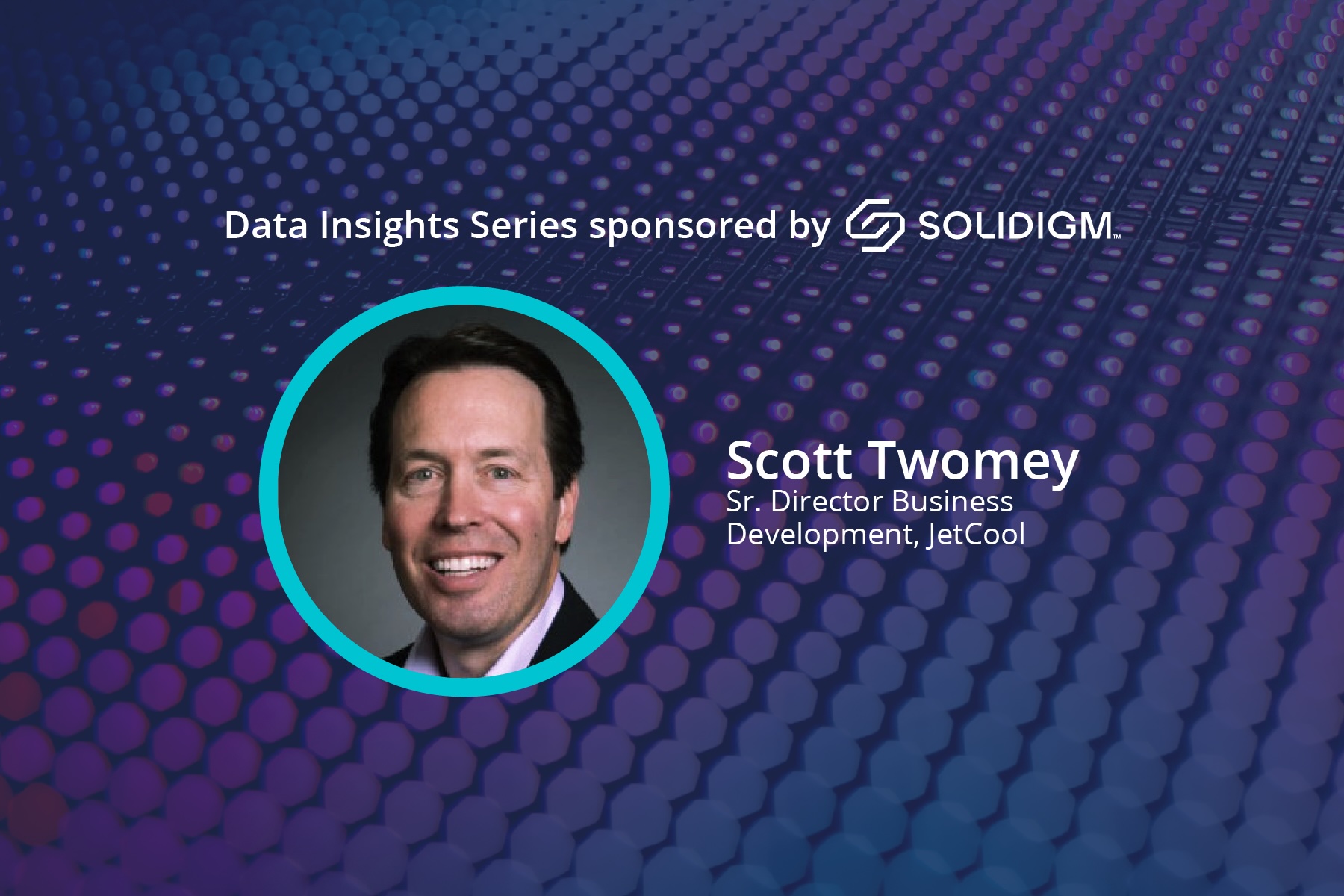
Cooling the AI Heat: JetCool’s Strategy for Data Centers
Discover how JetCool’s proprietary liquid cooling is solving AI’s toughest heat challenges—keeping data centers efficient as workloads and power densities skyrocket.
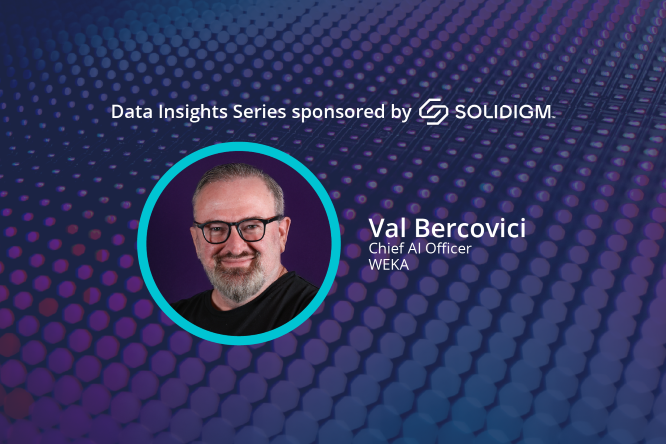
WEKA on AI Data Centers: A New Infrastructure Playbook
In this episode, Allyson Klein, Scott Shadley, and Jeneice Wnorowski (Solidigm) talk with Val Bercovici (WEKA) about aligning hardware and software, scaling AI productivity, and building next-gen data centers.

Inside Yotta’s Innovate Arena: Standout Breakthroughs for AI
From manure-to-energy RNG to an aluminum-air system that generates electricity on demand, innovators tackled real AI bottlenecks—power-chain integration, rapid fiber turn-ups, AI-driven permitting, and plug-and-play capacity that speeds time-to-value.
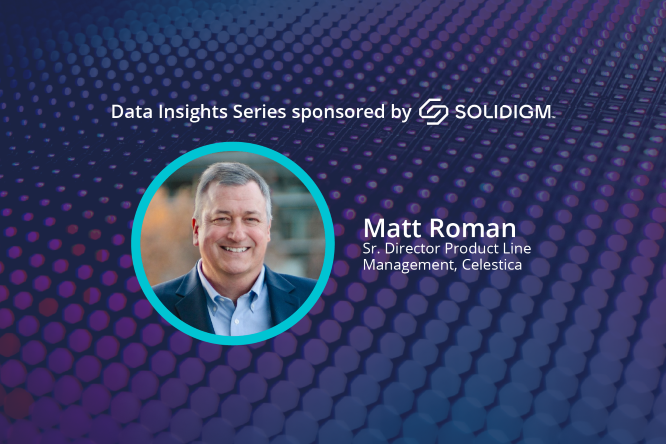
Hybrid AI at Scale: Celestica’s Playbook
From AI Infra Summit, Celestica’s Matt Roman unpacks the shift to hybrid and on-prem AI, why sovereignty/security matter, and how silicon, power, cooling, and racks come together to deliver scalable AI infrastructure.
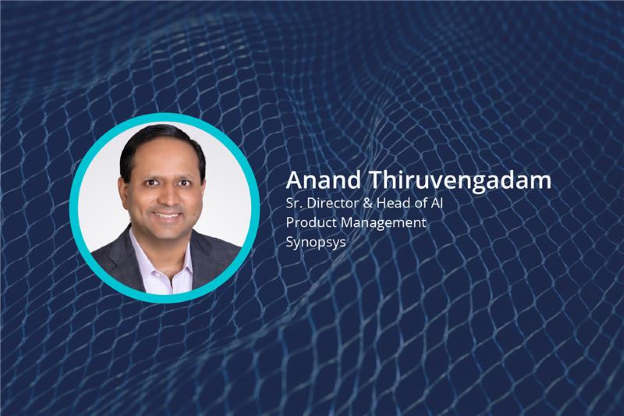
AI-Driven Chip Design with Synopsys
Allyson Klein talks with Synopsys’ Anand Thiruvengadam on how agentic AI is reshaping chip design to meet extreme performance, time-to-market, and workforce challenges.
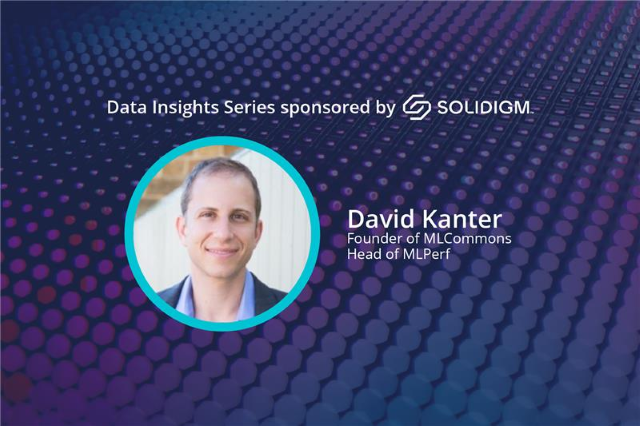
MLCommons: Setting the Standard for AI Performance
From storage to automotive, MLPerf is evolving with industry needs. Hear David Kanter explain how community-driven benchmarking is enabling reliable and scalable AI deployment.
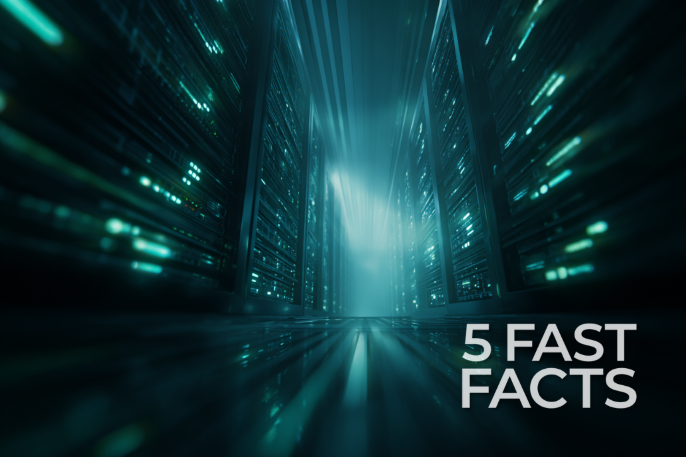
AMD’s 38x Efficiency Leap Sets Stage for Ambitious 2030 Goal
AMD improved energy efficiency 38x—roughly a 97% drop in energy for the same compute—and now targets 20x rack-scale gains by 2030, reimagining AI training, inference, and data-center design.
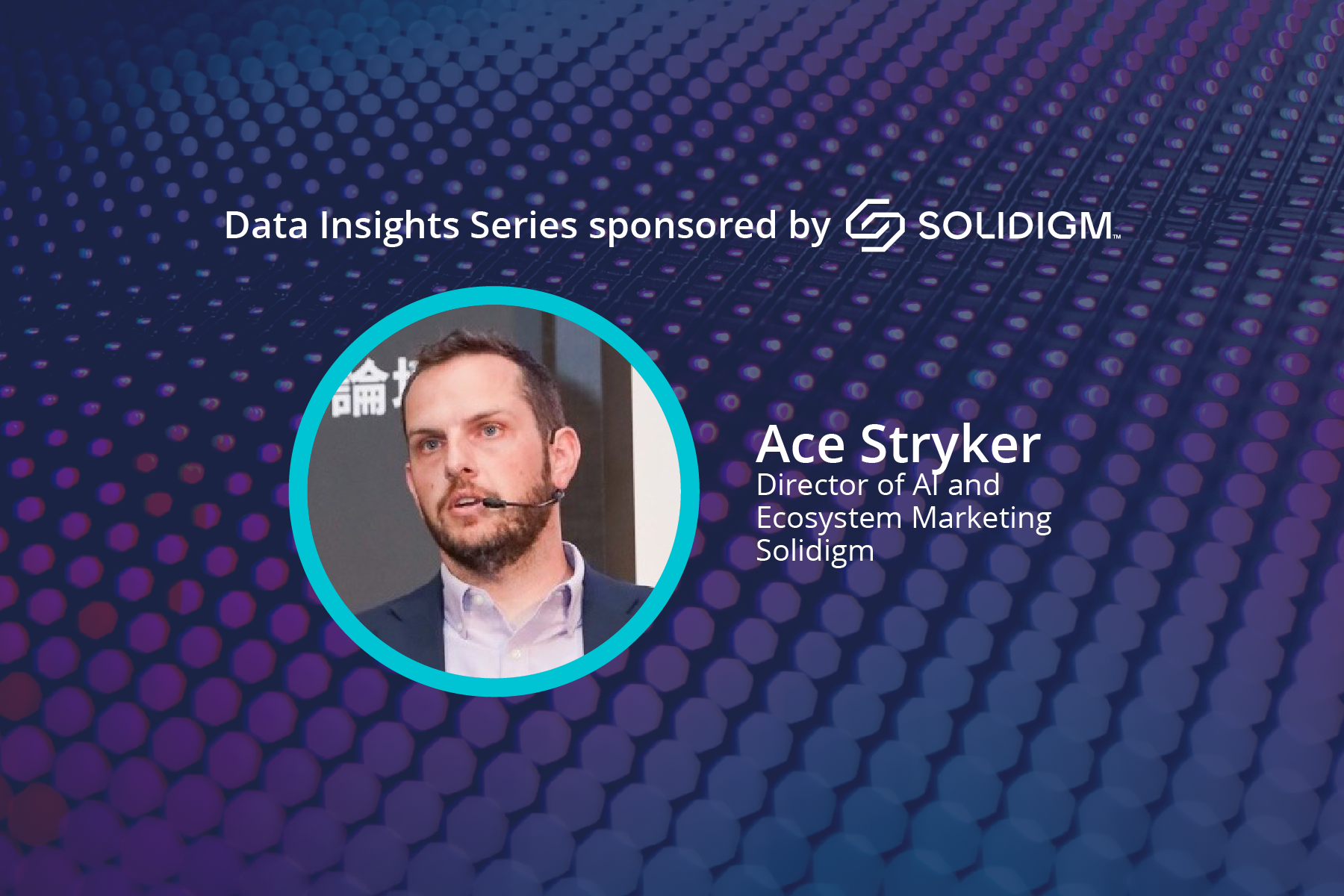
Solidigm on Building Future-Ready AI Storage
Solidigm’s Ace Stryker joins Allyson Klein and Jeniece Wnorowski on Data Insights to explore how partnerships and innovation are reshaping storage for the AI era.
Sign up for our newsletter
Subscribe to TechArena
Subscribe
Sign up for our monthly newsletter!






